30 minutes from Yamaguchi City! Introducing the flower highlights that you can enjoy in Hofu each month.

In Hofu City, Yamaguchi Prefecture, which can be reached in 30 minutes from Yamaguchi City, you can see a variety of flowers throughout the four seasons. This time we will introduce the flowers of Hofu for one year. Why not stretch your legs a little when you come to Yamaguchi City?
-
Table of Contents
- February to March: Hofu Tenmangu, the first Tenmangu shrine built in Japan, is decorated with plum blossoms.
- March to early April: 5 famous Hofu cherry blossom spots
- Late April to mid-May: Azaleas at Ohirayama Summit Park
- Late April to early May: Hofu Tenmangu Oishi Steps “Flower Corridor”
- June: “Hydrangea Temple of the West” Todaiji Betsuin Amidaji
- July to September: Crape myrtle at Suokokubunji Temple
- Mid-November to late November: 3 famous Hofu autumn foliage spots
- summary
February to March: Hofu Tenmangu, the first Tenmangu shrine built in Japan, is decorated with plum blossoms.

The plum blossoms at Hofu Tenmangu Shrine, which is dedicated to the god of learning Sugawara Michizane and is one of Japan's three Tenmangu shrines along with Kitano Tenmangu Shrine in Kyoto and Dazaifu Tenmangu Shrine in Fukuoka, are in full bloom from mid-February. Approximately 1,100 plum blossoms of 16 varieties in red, white, and pink, including weeping plums and red and white plums that were loved by Lord Michizane Sugawara, bloom throughout the shrine grounds, making the vermilion shrine building even more gorgeous.
March to early April: 5 famous Hofu cherry blossom spots
In spring, you can see cherry blossoms all over the city. We will introduce five famous cherry blossom spots in Hofu City.
①Cherry blossoms in the Mouri Garden, a nationally designated scenic spot

The expansive 25,000 tsubo strolling garden with hills, waterfalls, and ponds allows you to enjoy the scenery of the four seasons throughout the year. In spring, about 160 cherry trees add color to the beautiful garden.
Hotels near Mori family garden
②Cherry blossoms at Kuwayama Park

Approximately 700 cherry trees are planted in Kuwayama Park, located at an altitude of 107 meters in the center of Hofu City, and during the blooming season, the climbing path turns into a tunnel of cherry blossoms. From the top of the mountain, which also has a park with play equipment, you can see a panoramic view of Hofu city.
③Cherry blossoms at Mukoshima Sports Park

Approximately 570 cherry trees are planted at Mukoshima Sports Park. The park also has a large complex of play equipment, which is popular as a playground for children and is crowded with families enjoying cherry blossom viewing.
④Cherry blossoms at Tenjinyama Park

There are approximately 450 cherry blossom trees around Tenjinyama Park, which stretches behind Hofu Tenmangu Shrine, the symbol of Hofu City, and is a popular place for residents to relax. There is also a complex play equipment in the park, which is popular with children.
⑤ “Heart” cherry blossoms at Kasuga Shrine

Lastly, we would like to introduce you to the heart cherry blossoms at Kasuga Shrine, a spot that has been attracting a lot of attention in the media. The lone cherry tree that blooms along the approach to the shrine at the foot of Mt. Ohira looks heart-shaped depending on the viewing angle, so many photographers visit this spot when it's in full bloom as a spot where you can take photogenic photos. There are rows of cherry blossom trees in front of the main gate of the shrine, and it is known as a hidden cherry blossom spot in Hofu City.
Late April to mid-May: Azaleas at Ohirayama Summit Park

Ohirayama, the highest mountain in Hofu City that can be climbed by car, has an altitude of 631.3 meters. Sancho Park, where about 100,000 azaleas are planted, is one of the most famous azalea spots in western Japan, and when it is in full bloom, it looks like a carpet of pink. Also, the view from the top of the mountain that blends with the azaleas is a spectacular sight. You can enjoy the pink and white azaleas along with the view of Hofu city.
Late April to early May: Hofu Tenmangu Oishi Steps “Flower Corridor”

Every year from late April to early May, hundreds of flower pots are lined up and displayed on the large stone steps of Hofu Tenmangu Shrine, making visitors feel happy. Due to the long holidays, the approach to the shrine is crowded with people. (The photo is from 2023)
*Happy...This is a Yamaguchi dialect used to mean things like "I'm fortunate," "I'm happy," and "I'm grateful." Hofu City has added the meaning of ``increasing happiness'' to this, and is working to revitalize the region as a local brand.
June: “Hydrangea Temple of the West” Todaiji Betsuin Amidaji

Amidaji, a historic temple built in 1187, not only houses many important cultural properties including national treasures, but is also known as the ``Hydrangea Temple of the West'' and is one of the best temples in western Japan. It boasts elegance. Full-scale planting of hydrangeas has begun with the cooperation of local volunteers, and there are currently 4,000 hydrangeas of about 80 different types. The hydrangeas planted in the lush green grounds are in full bloom in June, with a rich variety of colors and shapes.
July to September: Crape myrtle at Suokokubunji Temple

Suo Kokubunji is one of the Kokubunji temples built in 741. It is a very rare Kokubunji temple in Japan, with buildings still remaining within the original precincts. At the Kondo Hall, which has been designated as a national important cultural property, you can see about 100 impressive Buddhist statues.
From July to September, approximately 130 pink and white crape myrtles planted within the temple grounds bloom, covering Suo Kokubunji in vivid colors.
Mid-November to late November: 3 famous Hofu autumn foliage spots
①Autumn leaves in the Mori Garden

Many trees are planted in the vast, undulating strolling garden with hills, waterfalls, and ponds, and the red leaves create an elegant landscape.

As visitors enter the premises from the front gate, bright autumn leaves continue along the path to the main residence, welcoming visitors.
②Todaiji Temple Annex Amidaji Temple

Amidaji Temple, famous as a hydrangea temple, offers a spectacular view even during the autumn leaves season. The beautiful contrast of red and yellow around the approach and main hall is stunning.
③Autumn leaves at Hofu Tenmangu Tea Room/Hoshoan

The maples change color here and there within the grounds of Hofu Tenmangu Shrine, but the view from the tea room Hoshoan is captivating by the vivid autumn leaves and the beauty of the garden. Enjoy a matcha tea experience in a magical tea room surrounded by bright red maple leaves (separate fee applies; tours of the garden only are free)
summary
This time we introduced flower tours in Hofu City. Please take a look at the flowers that decorate the historic town of Hofu. Please also refer to Hofu's tourist information here.
Hofu City is located in the central part of Yamaguchi Prefecture, on the Seto Inland Sea side, and is surrounded by the sea and mountains, allowing you to enjoy nature close to the town. In the summer, there is a gentle breeze blowing from the venue, and in the winter, we are blessed with a mild climate unique to the Seto Inland Sea. It is a city rich in history and culture that flourished around the capital of Suo Province in ancient times and developed as a transportation hub.
The contents on this page may partially contain automatic translation.



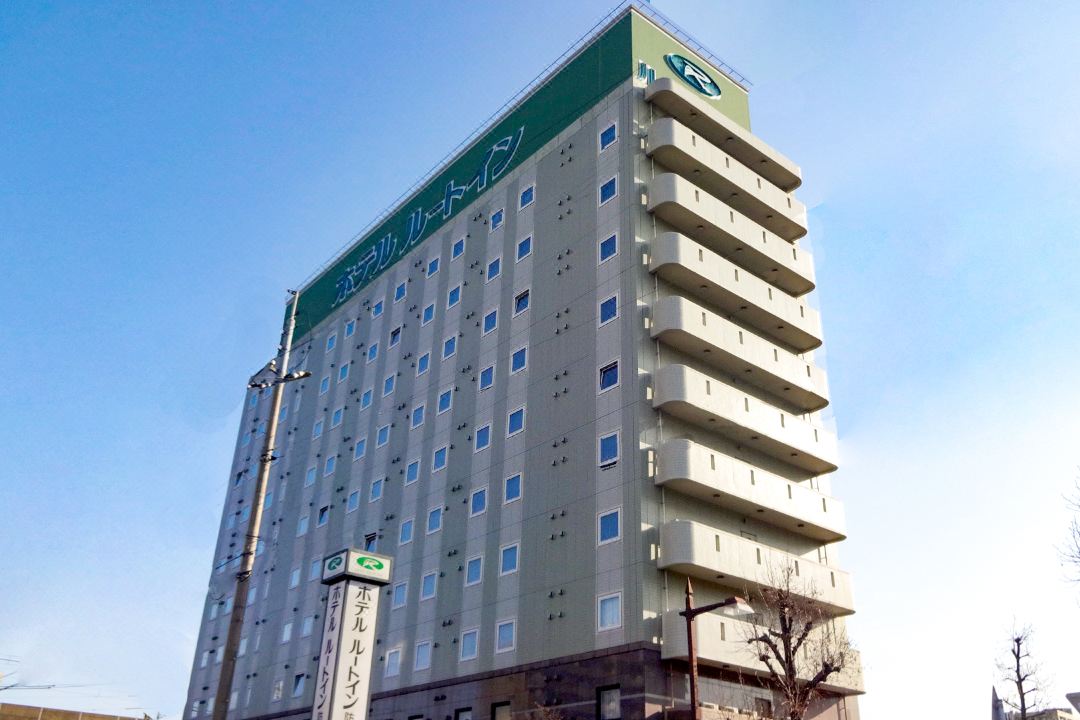

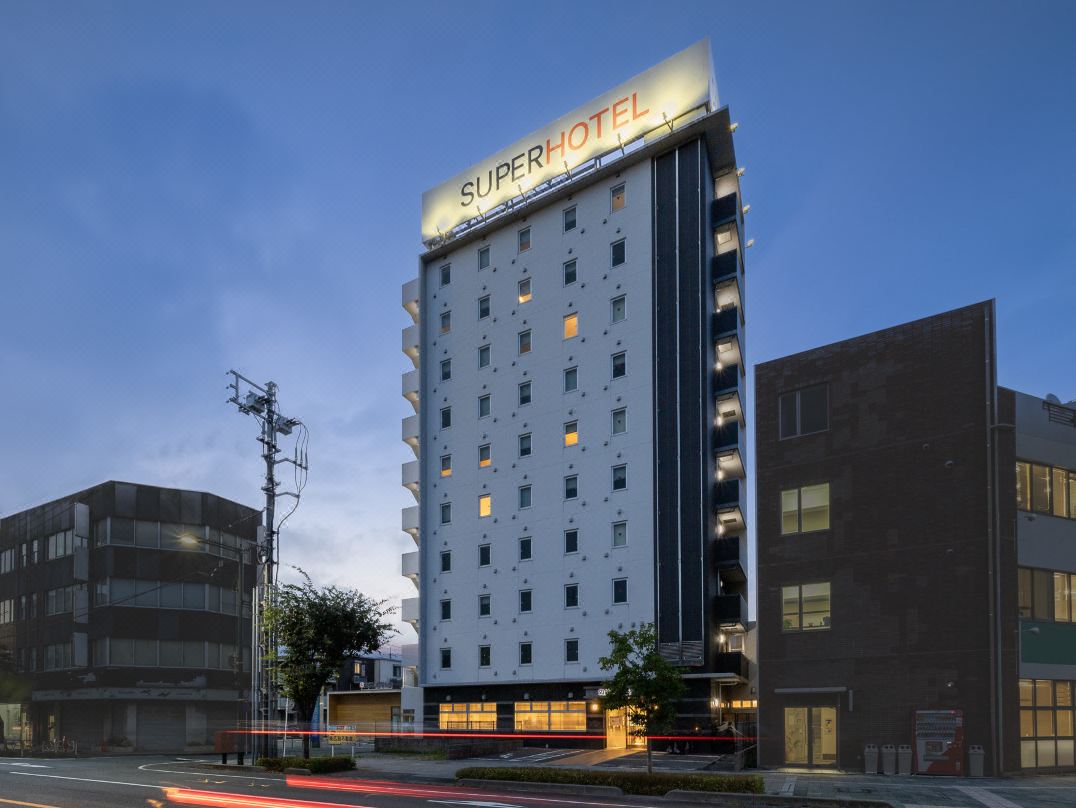


![[Hofu City, Yamaguchi Prefecture] 5 experiences you can do in Hofu town - Sightseeing in a kimono, matcha tea experience, casting, etc.](https://resources.matcha-jp.com/resize/200x2000/2023/12/27-160276.webp)

![[Hofu City, Yamaguchi Prefecture] About 1 hour from Hakata/Hiroshima Station! 4 Hofu sightseeing spots with 2,000 years of history](https://resources.matcha-jp.com/resize/200x2000/2023/11/24-153714.webp)




















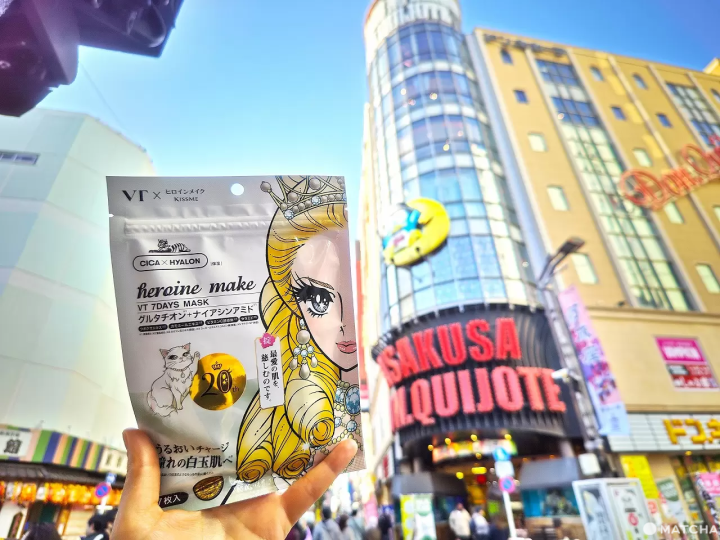
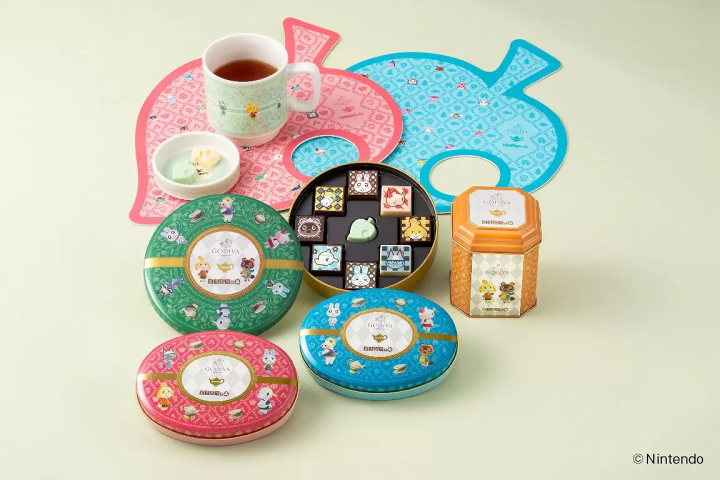
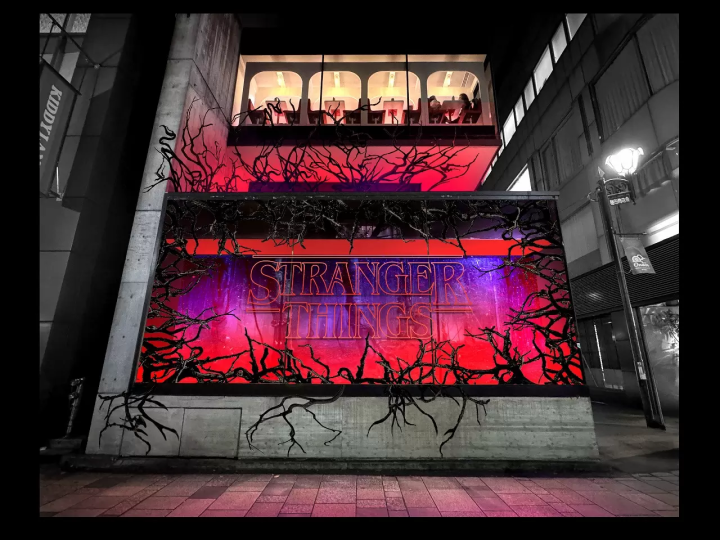
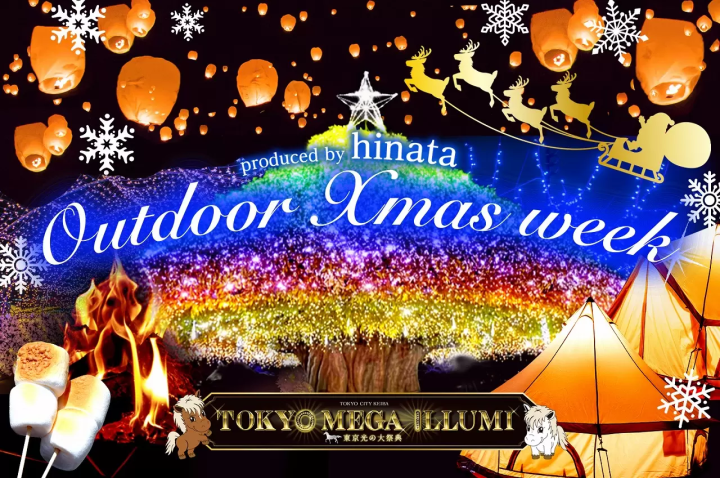
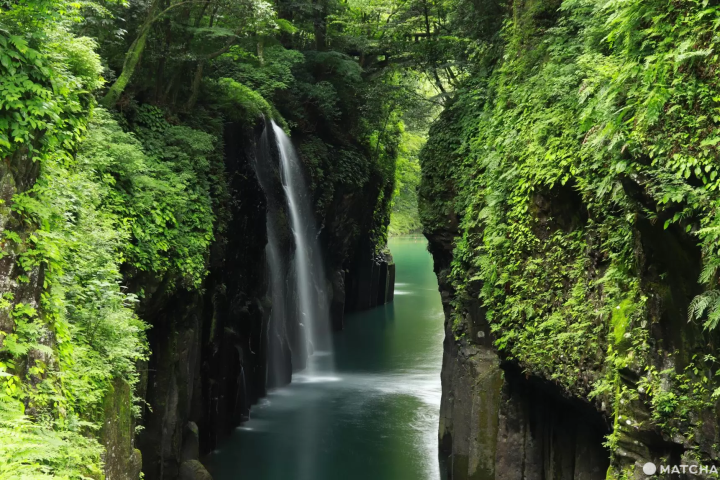






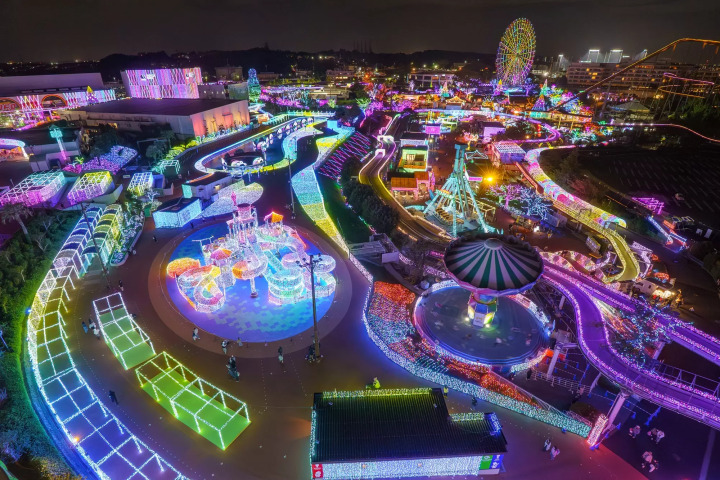
![[Coupon Available] Recommended Fall/Winter Wear from Scandinavian Brand "Helly Hansen"](https://resources.matcha-jp.com/resize/720x2000/2025/12/15-252920.webp)
![Deep dive into Japanese brands! A tour of famous leather shoe stores with GENSEI & Nin [Otsuka Shoes Edition]](https://resources.matcha-jp.com/resize/720x2000/2025/12/15-252972.webp)